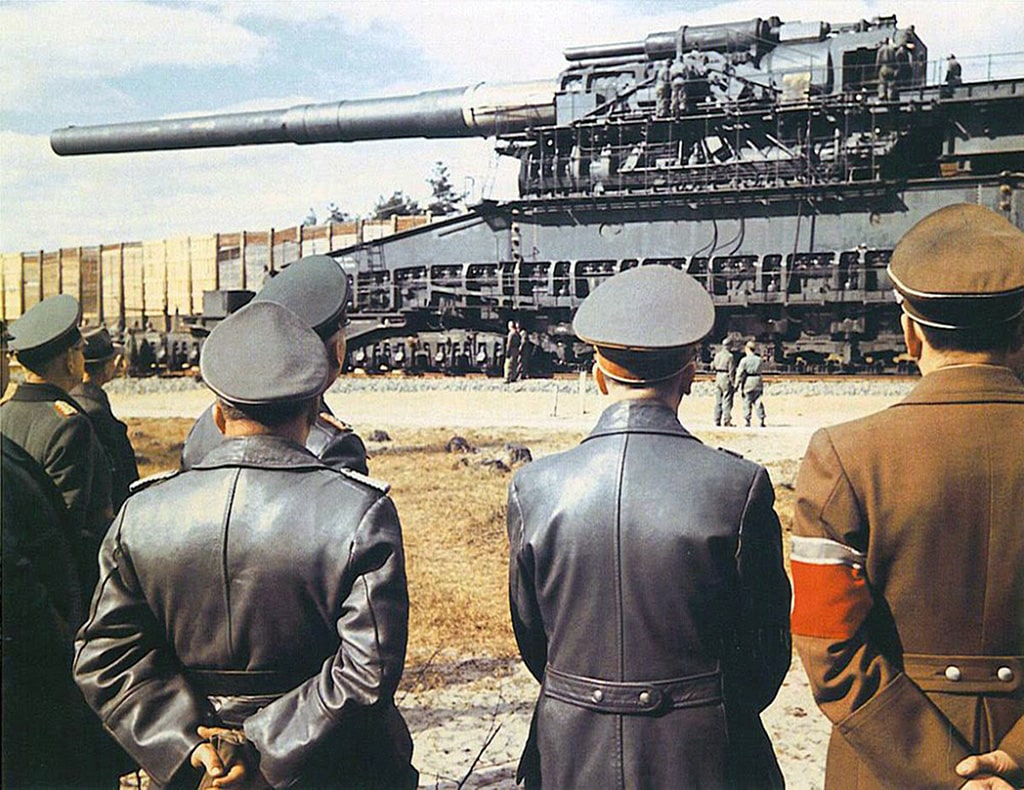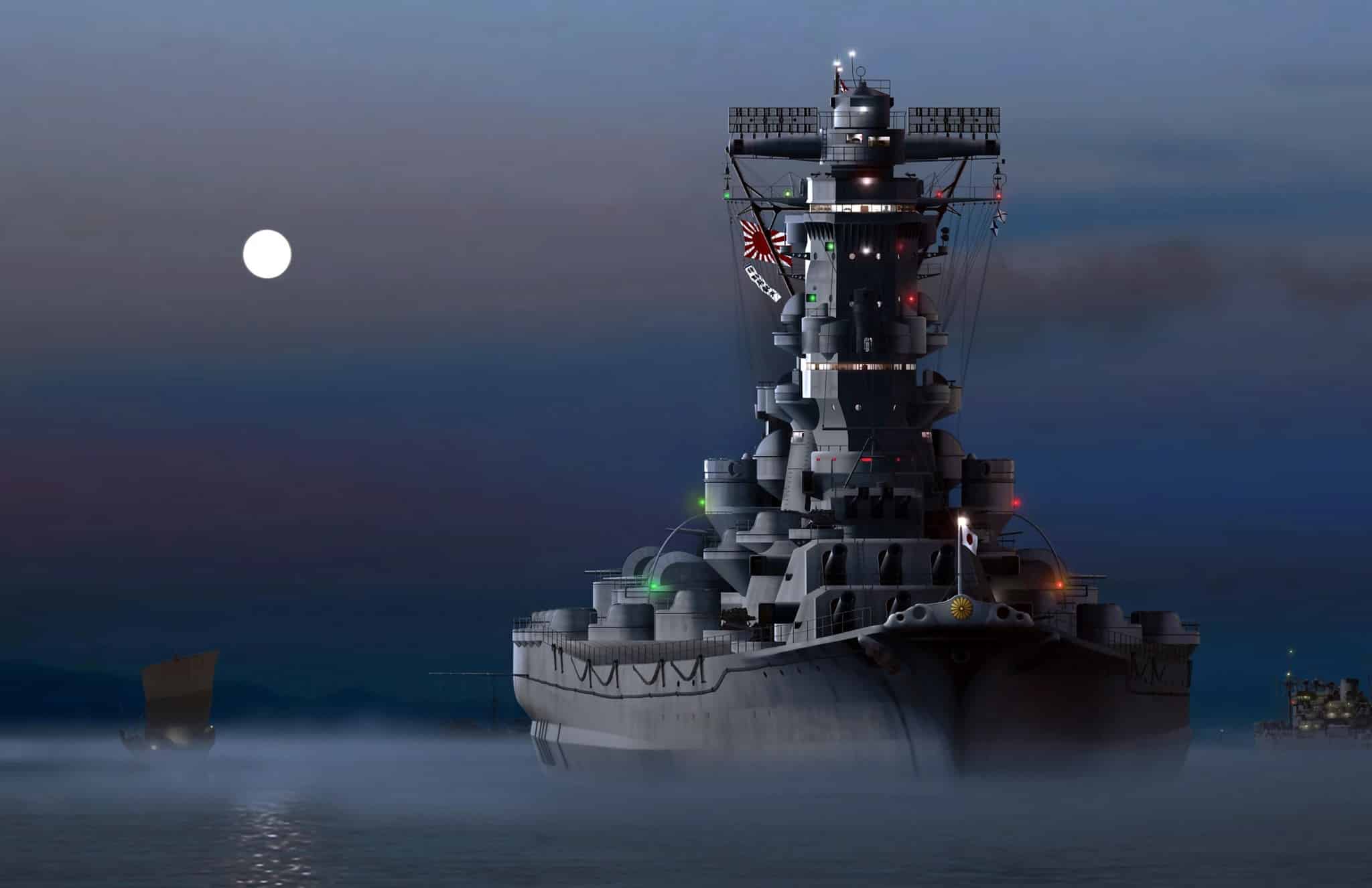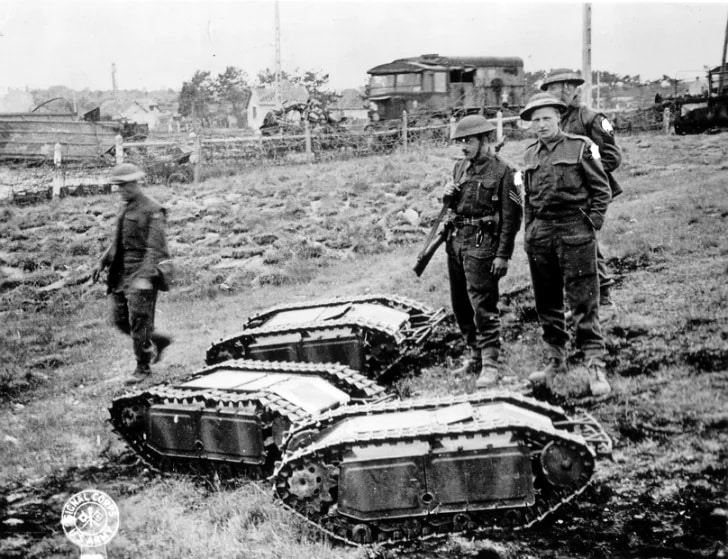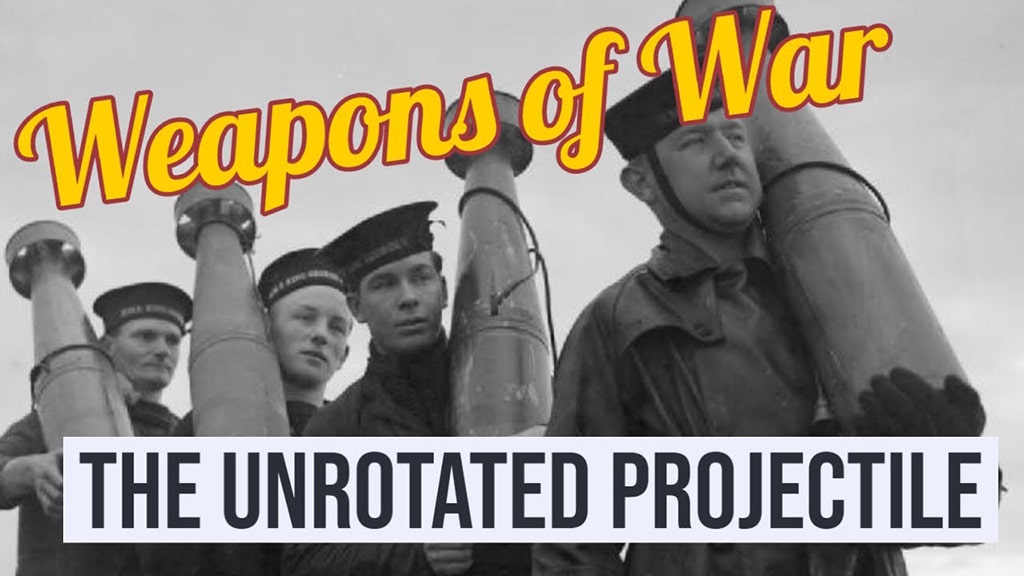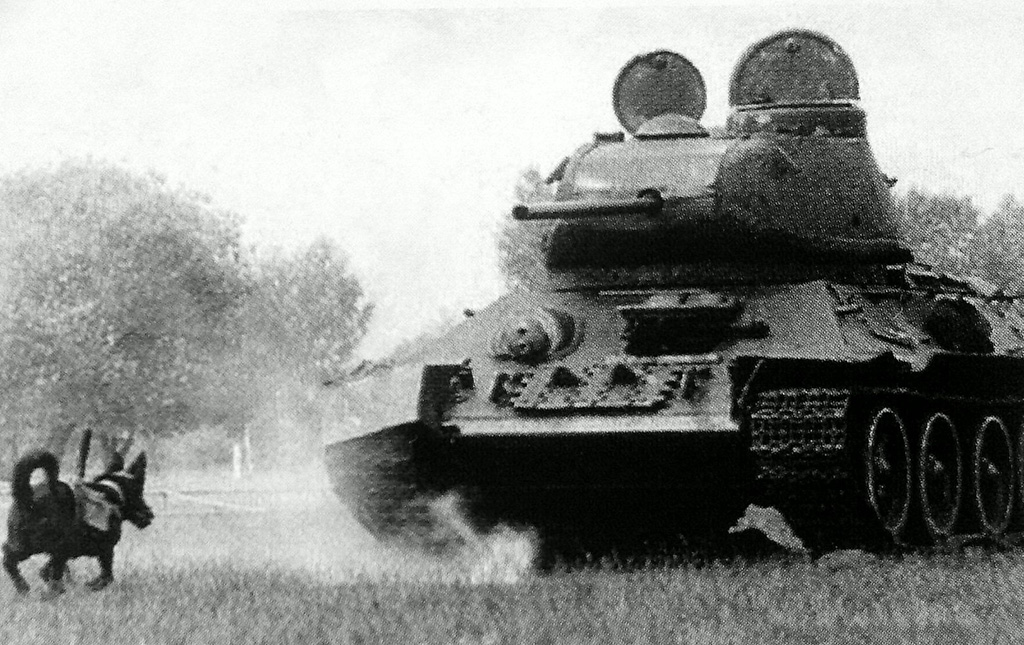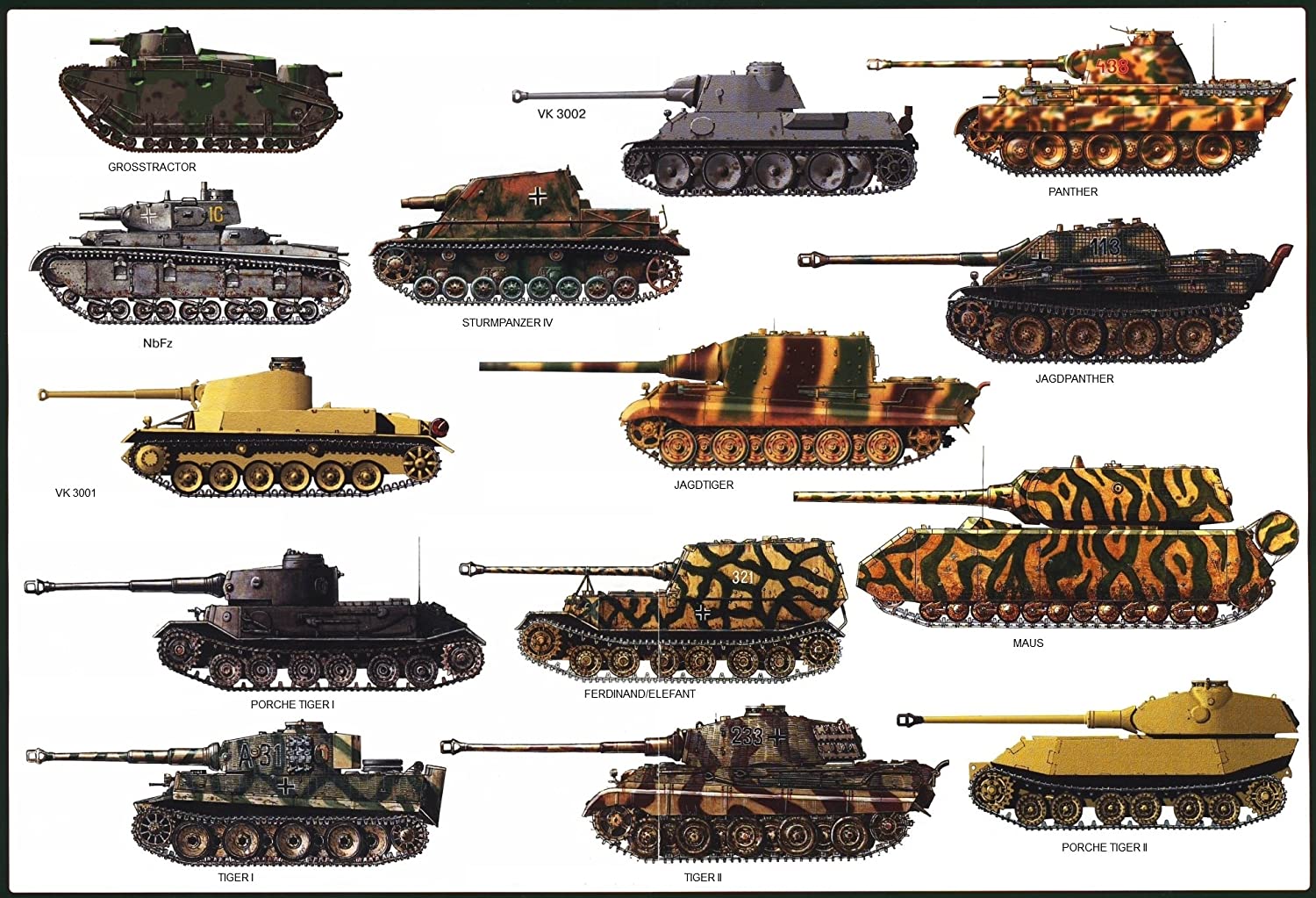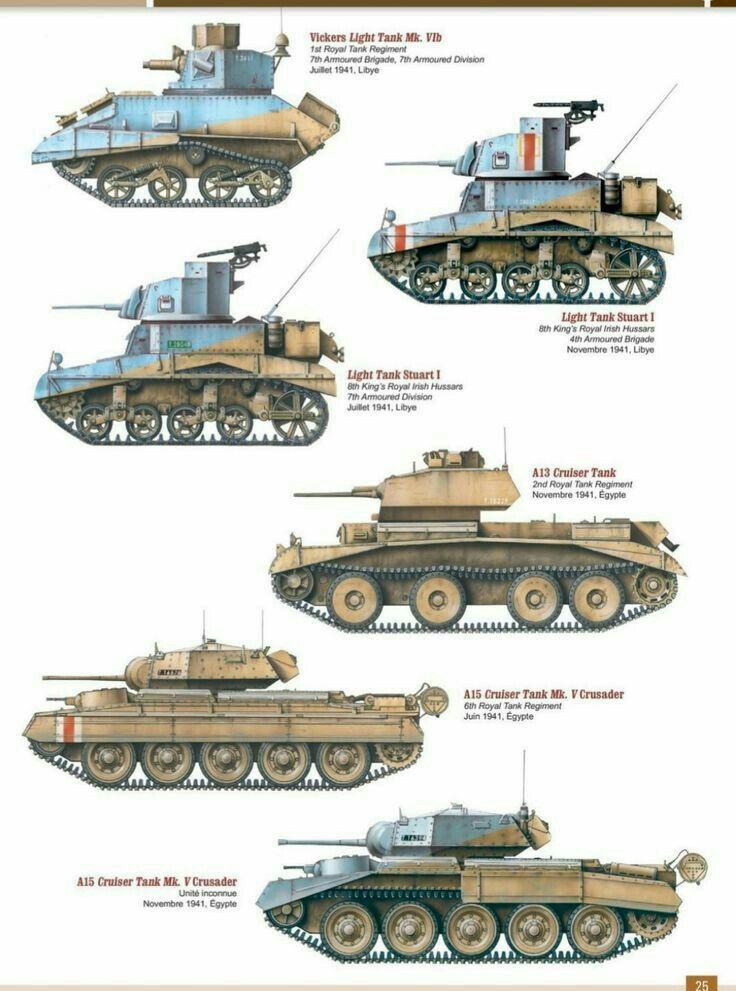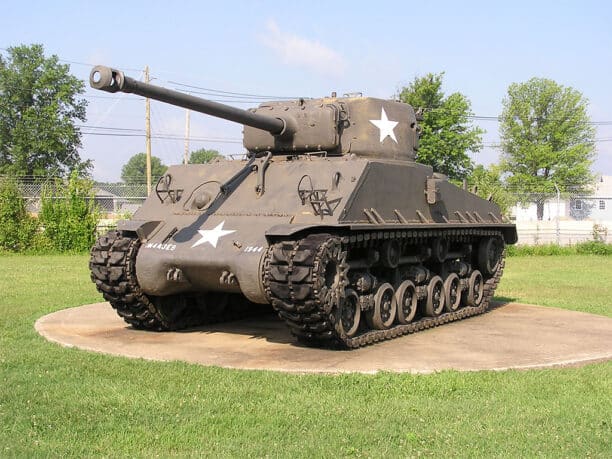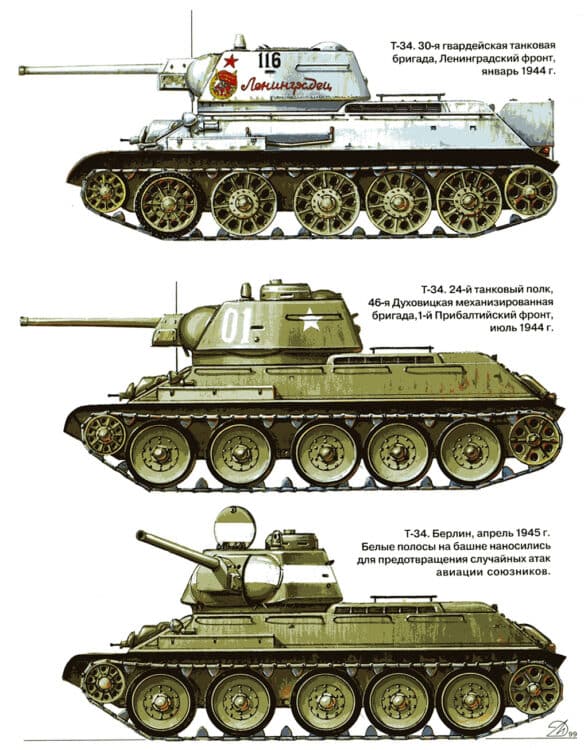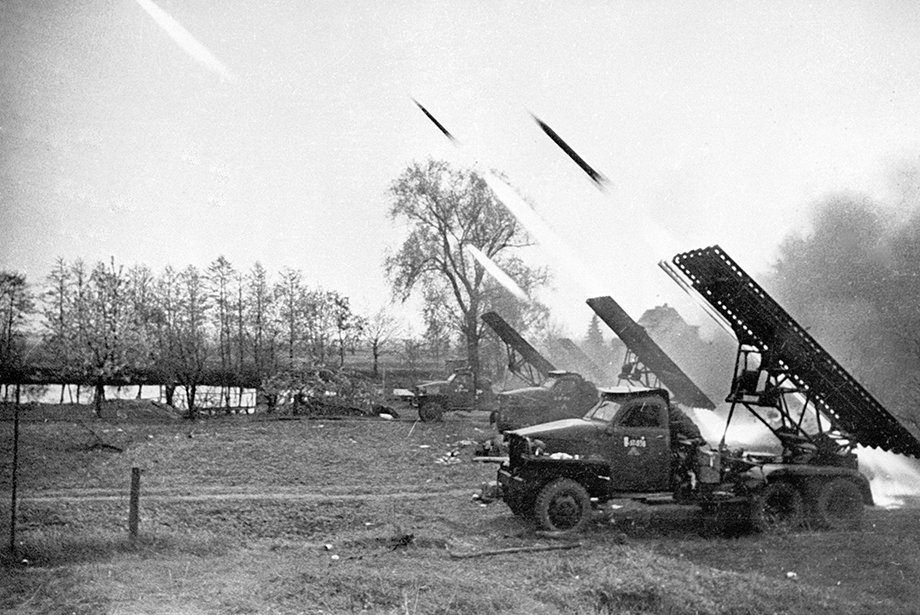War Machines of World War II
Unfortunately, today’s technology emerges with the adaptation of technologies developed for military purposes to daily use, and war technologies develop much faster than most developments.
Solid-fuel rockets, radio technology, wireless connectivity, nano-technological products used for military purposes, and many other technologies are tested or developed for this purpose on the front, in trenches, or in collisions before they come to our hands.
The war in which these developments took place the most is the Second World War, which is the biggest and last great war that shaped the history of the world.
In this war, in which the Enigma or encryption system was almost perfected, the production technologies reached the point that they could produce dozens of aircraft or tanks a day, and the guns and rockets sent to the target from kilometers away were developed, also the scene of the most frightening and incomprehensible war machines and gigantic war vehicles that all humanity has ever seen.
Here are the unforgettable memories of World War II, each record-breaking, the biggest in its class, the most famous, or the most feared in history.
Japanese Battleship Yamato
Yamato, not only the largest Japanese-made warship but also the largest warship of its class, weighed 72,800 tons with a full ammunition load. (seventy-two thousand eight hundred in writing)
Serving as the flagship of the Japanese navy in the Midway Collision in 1942, Yamato left the leadership of the navy led by Admiral Isoroku Yamato to the ship named Musashi after the Midway defeat.
Ultimately, the battleship Yamato, which served as the most legendary ship of the Japanese navy, was assigned a one-way mission to protect the Okinawa coast in 1945 and was tasked with protecting the island until it landed and was destroyed. When the collision was over and Yamato was destroyed, almost all of his crew were lost and his hull was confirmed, 11 torpedoes and 6 bomb holes were opened. (It is said that two more torpedoes and bombs may have been hit)
German Battleship Bismarck
According to the Versailles Treaty signed with Germany at the end of the First World War, Germany was prohibited from producing more than 10,000 tons of warships and thus an important war power was taken from them; however, the German Nazi Government, which broke this agreement with the 16,000-ton Admiral Graf Spee, had the most feared armored vehicle of the seas with the 51,000-ton Bismarck it produced a year later.
Facing the British navy off Denmark, Bismarck sunk the ship named HMS Hood with a total of 5 salvo shots in just half an hour, and later built a frightening reputation among the Allies, thanks to the trade and logistics ships that he did not allow passage through the Atlantic.
Unfortunately, Bismarck’s service period was only 1 year and in 1940, Bismarck was followed for a long time with a cryptic message decoded by the Allies, 1 aircraft carrier, and 3 armored warships, 3 cruisers, and 6 destroyers. it was compressed and sunk by. (There is no limit to the number of bombs and ammunition spent in this collision)
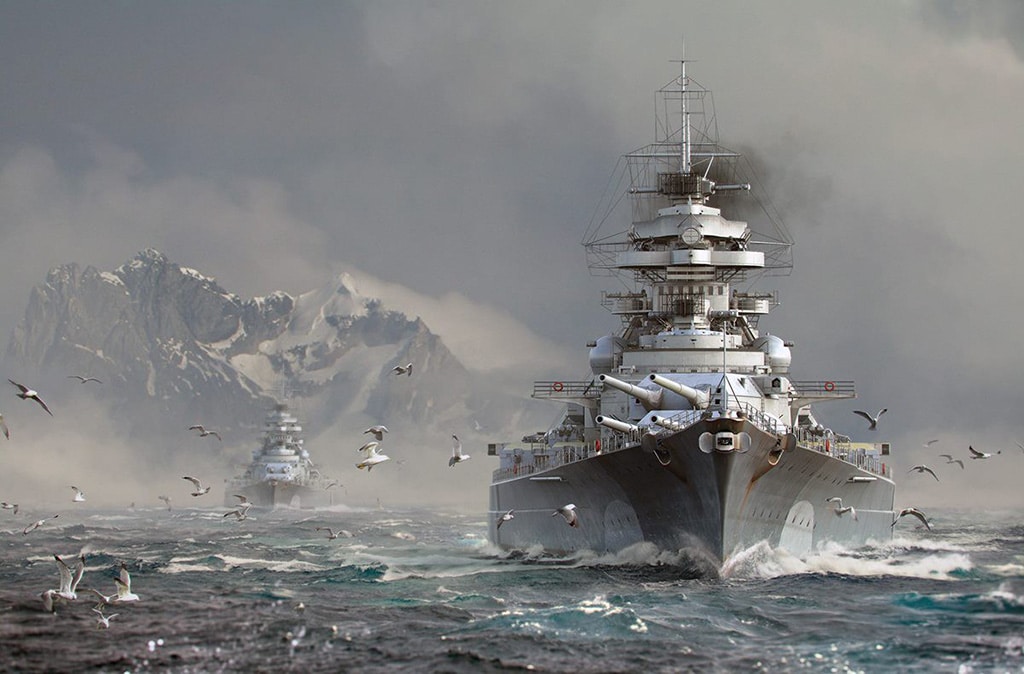
Schwerer Gustav Cannon
Called Schwerer Gustav or the Great Gustav, this cannon is the largest war cannon ever produced and fired, and to move it, it must first lay a railroad in its direction.
Although the Gustav Cannon, which has a barrel of 80 centimeters in diameter, weighs 1350 tons (one thousand three hundred and fifty in writing) makes the gun almost impossible to move, its barrel of 32 and a half meters and 7 tons of ammunition that it can fire 47 kilometers in total with a length of 47 meters. It was a weapon designed to terrorize the enemy.
250 people had to do 54 hours of assembly work in order to operationalize the weapon, which was moved in parts by train, 2500 people had to lay a train track to move it, and to protect this huge weapon from airstrikes, 2 air defense companies had to be assigned to protect the weapon, and indeed. this inconceivable weapon seems to be a waste of technology, manpower, and resources.
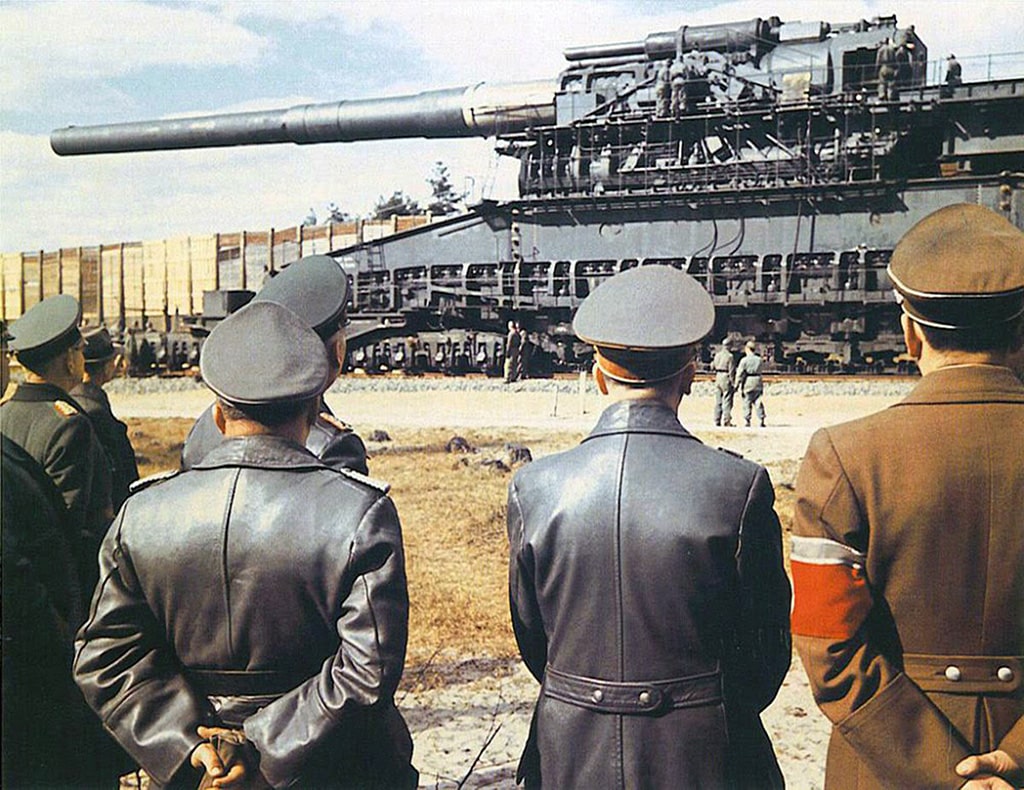
V3 Rocket
V3 rockets, which were developed to destroy the target by traveling further distances after the V1 and V2 rockets, also have the scariest sounds of all time.
Thanks to the batteries placed in France, the Nazi war members, who fired the V3, which was actually a rocket, from the cannon barrel to reach London, reached a range of almost 100 kilometers and used these rockets in the London Bombardment.
The V3, which is not as frightening as the effect sound it creates, played a major role in the war with its range and frightening effect, although 142 of the 183 rockets fired reached their target and caused only 10 deaths and 35 injuries in total.
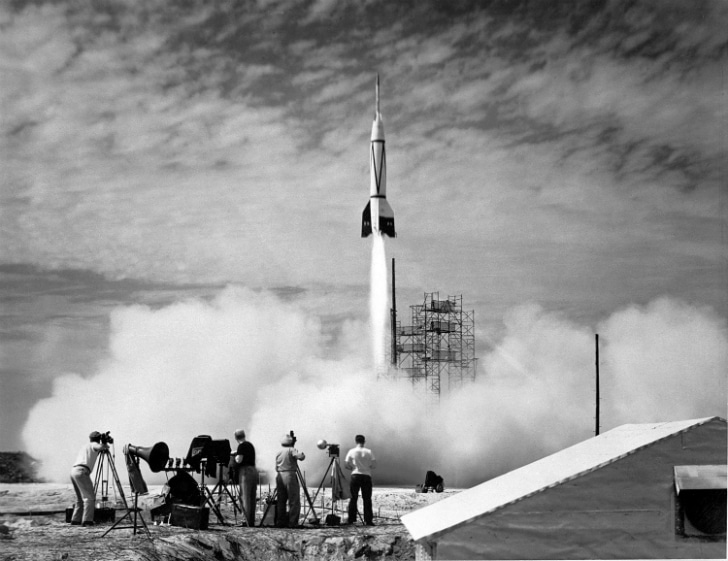
Exploding Rats
After the fall of France, agents of the British secret service began to be equipped with equipment that would make even James Bond jealous; The most interesting of these were soap, shoes, drinking bottles, bicycle pumps, and even explosives in the form of a mouse.
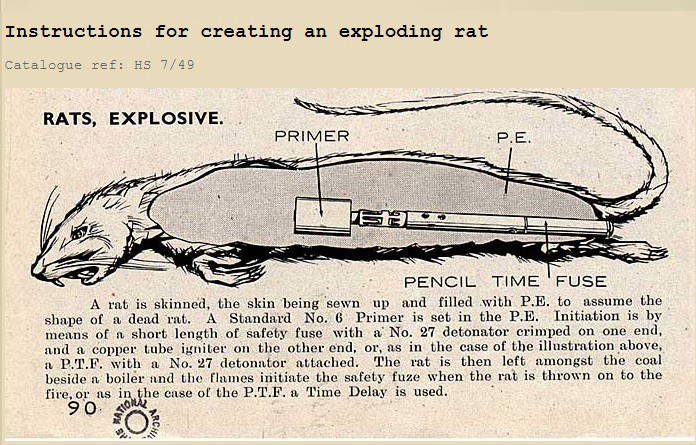
Yokosuka MXY-7 Ohka – Kamikaze Strike Aircraft
Built specifically for Kamikaze attacks, this aircraft was developed by Japan in 1944 and became known as a pilot bomb.
This aircraft, which has rocket fuel and a jet engine, was carried by a Mitsubishi G4M carrier plane until it got as close to its target as possible, after which the pilot took a lost jet-engine bomb from a compartment, detaching himself from the carrier aircraft and driving the 1200-kilogram warhead at full speed to its target.
The American Navy lost one destroyer to kamikaze fighters when the Allies realized that it was too late to hit the bomb dropped on them after the plane left the carrier and began to hunt the carriers one by one.
Goliath Moving Mine
Carrying up to 75 kilograms of explosives, these remotely controlled and mobile mines were designed to demolish buildings and bridges, blow up tanks, and disperse frequently moving infantry.
Controlled by a wired remote control, Goliath was detonated upon reaching the target.
These vehicles, which were produced in total 4600 units with a large version with 100 kilograms of explosives, resembled today’s robots with their vision ahead of their time, but they were not produced more because of the inadequacy of the technology of the period, because they were expensive like almost all German weapons and their efficiency was low because they were difficult to control.
Unrotated Projectile
This British invention, called the Unrotated Projectile, looks like a brilliant idea on paper; but a system that doesn’t work that much in practice.
With this system, which was based on the idea of creating a minefield in the sky with explosives attached to cables and parachutes fired from an anti-aircraft gun of a ship, the aircraft caught on the explosives were ineffective; but even a small breeze could direct these explosives that were not directed in the wrong direction. For this reason, this defense system was abandoned after a few naval battles at the beginning of the war.
Soviet Anti-Tank Dogs
The times of war were times when all kinds of ethical and moral values of people were suspended. As a matter of fact, this “weapon” used by the Soviet Union has diametrically opposite features with the same values.
This technology, which is basically based on training a dog to carry explosives to the target and use his mouth to rip the explosive off and leave it back, is of course a system that has been practiced as a dog detonating itself since no dog can be trained this way.
The dogs, who were trained that there was food under the tanks and were sent under the tanks with 12 kilograms of explosives before fighting, became the most feared creatures of the battlefield. Such that; After a while, the Germans started firing on every dog they saw.
According to the records, the Soviet Union used 40,000 dogs for different purposes during the war, and anti-tank dogs neutralized around 300 German tanks.
German Tanks
The strongest name of the Panzer series, which has 10 models in total, of Nazi Germany, which has the most effective tanks such as Leopard and Panther at that time, has become the troublemaker of the allied army in land wars and with its 88-millimeter cannon and 120-millimeter armor thickness, all tanks that entered the war face each other. It was Tiger who turned it into a scrap heap in his struggles.
The “Tiger”, which could not win the victory over the Germans due to the difficulty of its production and the need for expertise in its command and repair, the large number of tanks produced by the Soviet and Allied forces, and the simpler structure, later acquired a thicker armor with the Tiger II – King Tiger model; however, he was also insufficient in defense of the capital, which was the purpose of production.
British Tanks
From 1915, Britain was in a leading position in tank manufacturing and design; however, like the rest of the world that had just succumbed to the German industry, the British followed World War II behind German tanks at most points.
With the infantry tanks and tank destroyers they produced, light British tanks that plagued Germany, especially in France and North Africa, and British tank destroyers, which started with the A 13 Cruiser and went to the A34 Comet, were vehicles that changed the course of the war on many fronts.
American Tanks
In addition to the strange vehicles developed for special purposes called “Hobart’s Funnies” developed for the Normandy Landing and designed to facilitate landing operations, the turning point of the war for America was the M4 Sherman.
The Sherman crews, acting in groups of 4 against the German Tiger (Tiger) tank, holding the three as bait and the fourth by shooting from the rear of the Tiger, where the armor is the weakest, were the Sherman crews, which could easily be transported to Europe as well as the number of production and ease of use.
Soviet Tanks
Said to be the best tank of all time by many authorities, the Russian T-34 was like a tractor as the soldiers called it on the battlefield; because his use of a tractor engine was also effective in getting this name; But the tank, which was as simple to use as a tractor, could be used even by an ordinary soldier without training.
The revolutionary feature of the T-34, whose armor thickness is waived, is that it provides more protection with less material by using curved armor.
The T-34, the first tank to use curved armor, is a legendary feature of the T-34, which was produced in incredible numbers during the Second World War and the following Cold War. A total of 84,070 units were produced from Turkey.
Katyusha Rocket Battery
The Katyusha rocket, which was used in World War II and started service in the Soviet Union in 1939, is one of the weapon systems still in use today.
The Katyusha, a rocket battery that can be mounted on virtually any vehicle, from a tractor to a tank or a simple truck, became one of the Soviet Union’s important defense weapons, especially in Stalingrad. A large number of plug-in Katyusha rockets were able to send and displace all their rockets without counter-battery fire, albeit slower than the artillery fire when it comes to recharging the battery. This advantage allowed him to safely send multiple rockets at the same time, making Katyusha one of the iconic machines of World War II.

